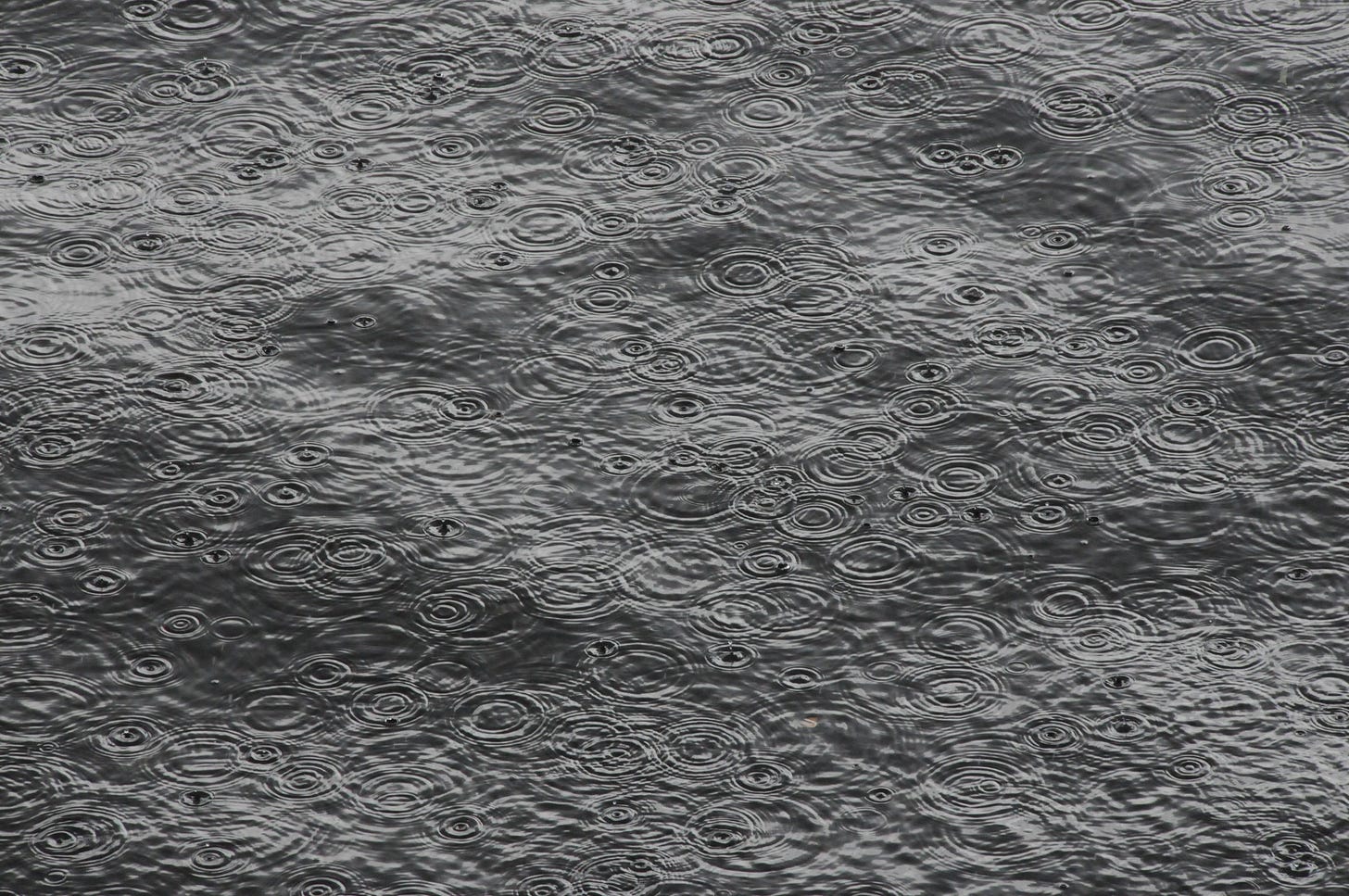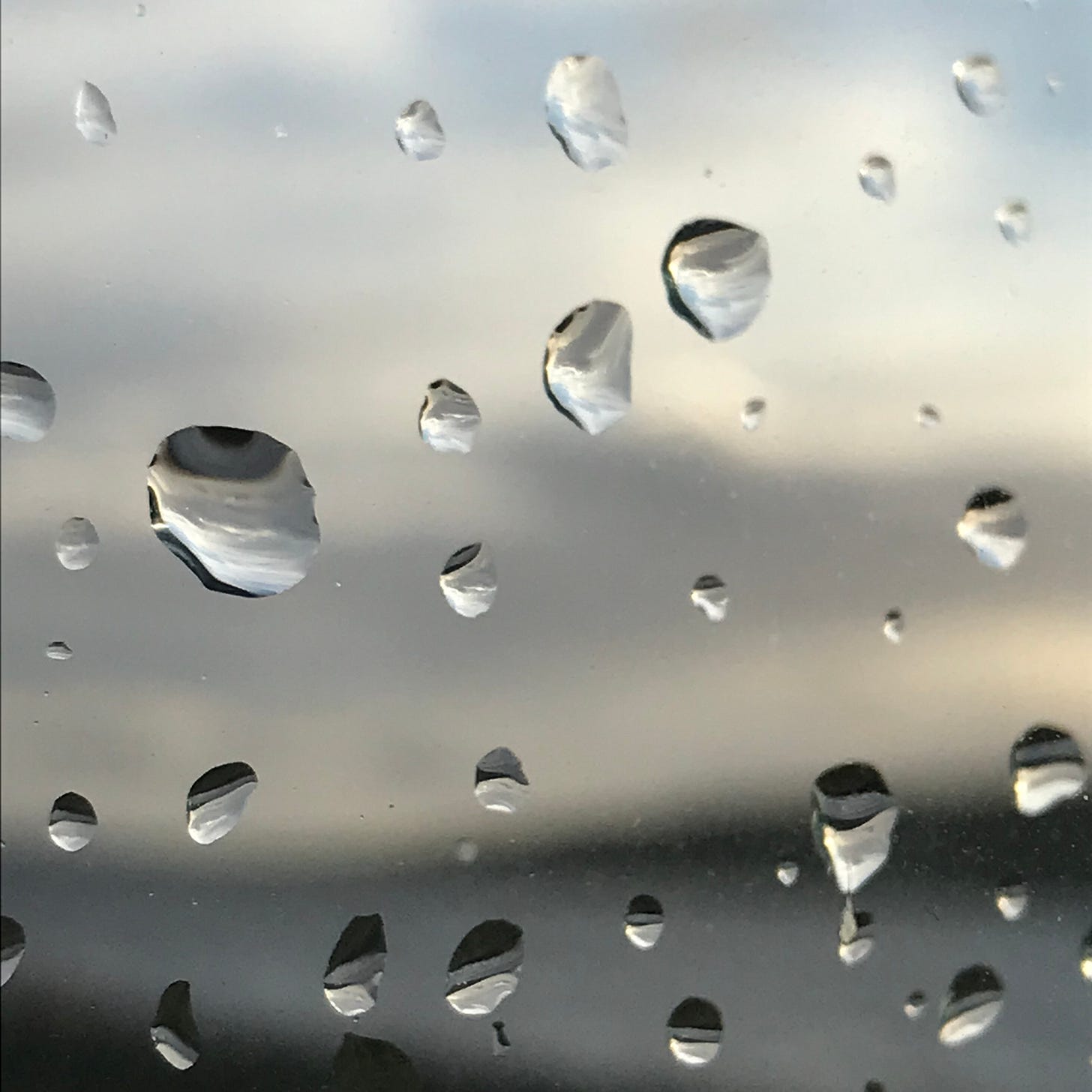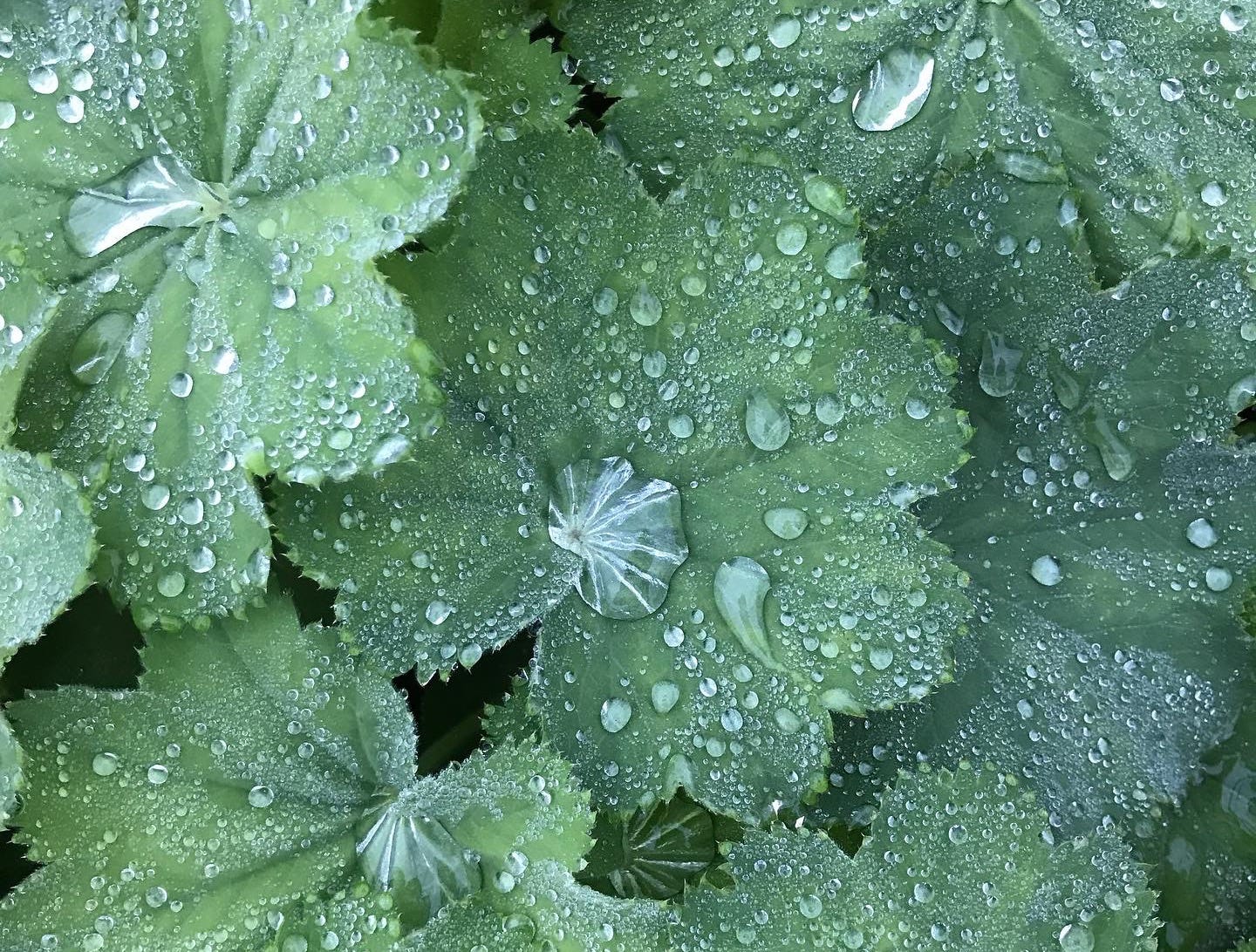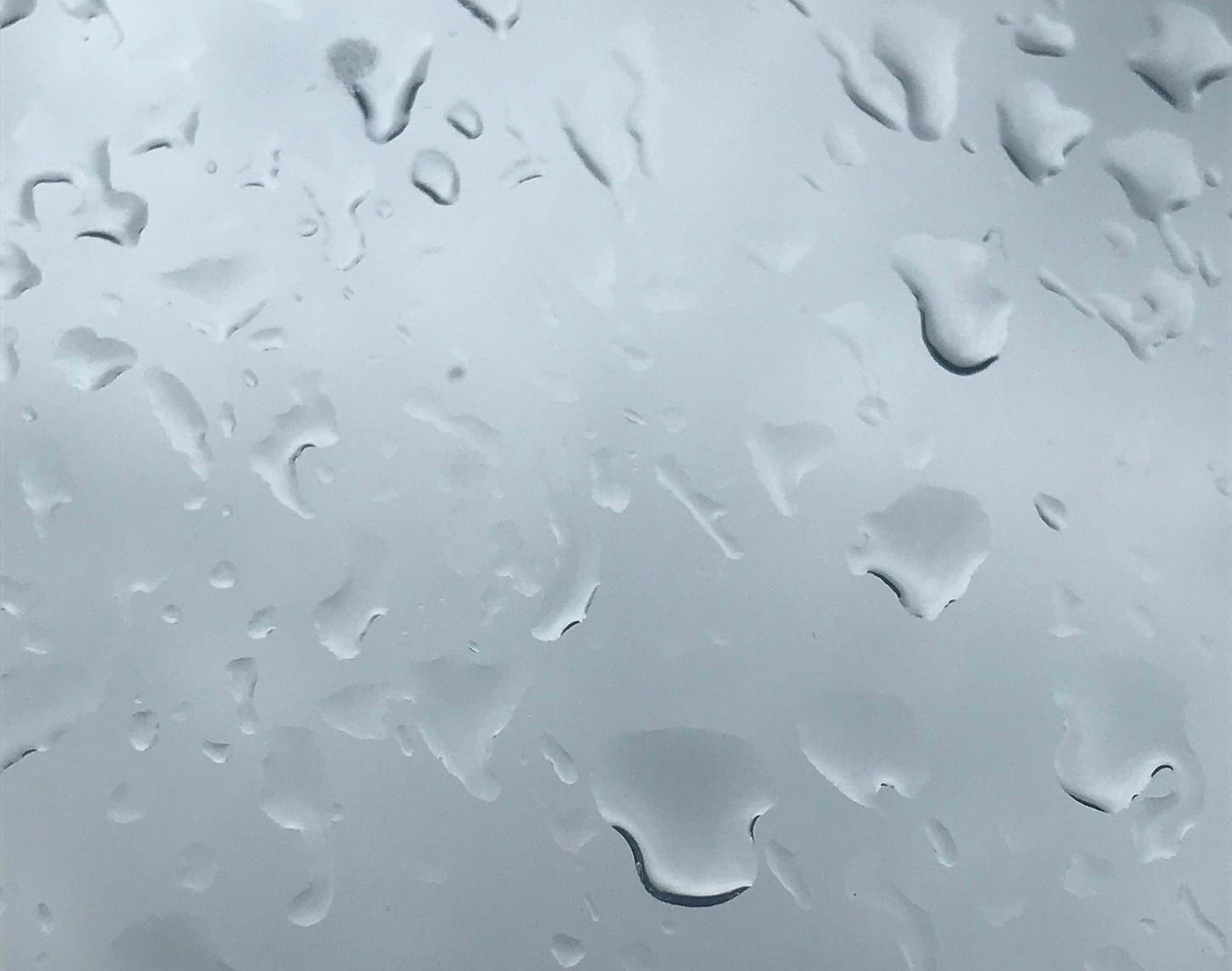Hello friends
It’s raining again.
This is not the terrifying, relentless, heat-bloated rain that has brought such devastation to Spain, to North Carolina, to Nepal, to the Sahara.
This is not the wind-driven rain that Storm Ashley brought us, the kind that slowly penetrates the two-foot-thick stone walls of our house, sending blooms of damp across the plasterwork. This is not rain with the whole fetch of the North Atlantic behind it, that tastes of salt and seaweed. This is not rain that, when you venture out, slams into you like a wrestler, stings your face, defeats any Goretex.
No, this rain is very ordinary rain. It’s a grey, persistent, drab November rain. A dank and featureless rain. This is rain that brings you down with it as you follow its tracks meandering down the windowpane.
I’m in a funk. I can’t focus to get any work done. I need to jostle myself out of this drabness. And the simplest way to do that is to just get outside, rain or no rain, to feel the fact of the world break over me like a cold wave.
Once I zip up my coat and step out of the door it’s not so bad really. Seen from inside, through a window, the rain looks gloomy and cold, but now I find its texture is silken, more mist than rain. It seems to emanate from the milk-white air and cling to my clothes and hair, speckling the lenses of my glasses with a fine mist.
When I close my eyes and listen the sound of the rain is soft but wide, as it touches leaves, ground, puddles. I can hear water moving everywhere around me, in little trickles and seepages, in the steady rush of the stream, in the squelch of my feet on the sodden ground. I can feel water inside my mouth, pulsing in my veins, inside my eyelids, moving sluggishly through my gut.
But where did all this water come from? Where did its story begin?
We are told that Earth’s water rode in on meteorites and comets from the outer reaches of space. It’s a process that is still happening now. The tail of every passing comet becomes a trail of ice dust that the earth sweeps up like a rolling snowball, absorbing it into the atmosphere, rains, rivers, plants and creatures.
But more recent discoveries suggest that some water has, seemingly, been here on Earth for a very long time, longer than was thought possible, perhaps part of the building blocks of the Earth’s first formation.
In lavas erupting in Baffin island and Iceland evidence has been found of a reservoir of primordial water locked hundreds of kilometres down in the Earth’s deep mantle, homegrown earth water that formed as the Earth itself was formed.
It seems that some water may go right back to the days when the Earth was such a hot and roiling hell the geological period is known as the ‘Hadean’, but it was prevented from vaporising by the very high atmospheric pressures of the time.
Creation myths from the Inuit to Mesopotamia to ancient Egypt all say the world began with formless primordial waters. It now seems they may have been right all along, and the Earth was not seeded with water from deep space.
The oceans may have formed out of the embryonic Earth itself, seeping up from the interior as the planet cooled to pool on the surface where the sun could warm and light it, and life could emerge.
Once there was water on Mars, that formed shallow seas across much of its surface. Venus too, it’s thought, once harboured oceans and, possibly, life. But at some point its atmosphere began to warm. Venus’s water evaporated into an atmosphere already thick with methane and carbon dioxide, trapping the sun’s heat and triggering runaway planetary heating that boiled away its oceans.
There is now more heat-trapping carbon dioxide in Earth’s atmosphere than at any time in the last two million years, driving the relentless, destructive rains we are seeing more and more. The water stories of our neighbouring planets’ deep past show us that the life-giving water we know on Earth is not a given.
Even if we manage not to heat our climate to the extent that the Earth ends up as waterless and dead as Mars or Venus, the long-term prognosis isn’t good. In about 5 billion years the star that is our sun will begin to run out of fuel, swell to a become a dying red giant and boil off any water remaining on earth, and with it, any life.
This is water’s lesson of impermanence and fragility, the improbable teetering that is life.
The water flushing through our bodies ties us not only to the wide blue planet around us, but also to the immensity of outer space, to the ice dust trails of comets and frozen meteorites.
Water embeds us in inconceivably vast spans of time, the birthing and dying of stars, the gathering and scattering of galaxies, this common liquidity flowing out into the deep future and the deep past, and suffusing the extraordinary, impossibly complex web of matter and processes that sustain life. We cannot separate ourselves from it nor it from us.
We’re all caught up in the same liquid, jewel net of Indra.
Join the Life Raft Co-Working
If you’d like some support in keeping your creative projects afloat, come and join our weekly Zoom session. It’s free. We start with a quick hello chat and share what we’ll be working on, then leave our cameras on and work quietly together for an hour or so. A recording of the previous week’s session shared each Monday on the paid subscriber chat.
If you enjoyed this you might also like…
Flow and fall like water
Water falls. And in its falling we recognize something familiar, an uneasy truth we know more as sensation than thought, something about the passing of time, how it falls and doesn’t come back. Something about ageing, about the passage of lives.
That’s all from me this week!
- Sam














A beautiful, disturbing piece of writing. Am reading it on a very disturbing day…
Beautiful writing. I felt reconnected from the element I’m made from, to earth and beyond. OK I’ll try going for a walk in the rain, instead of gloomily watching it from in doors!